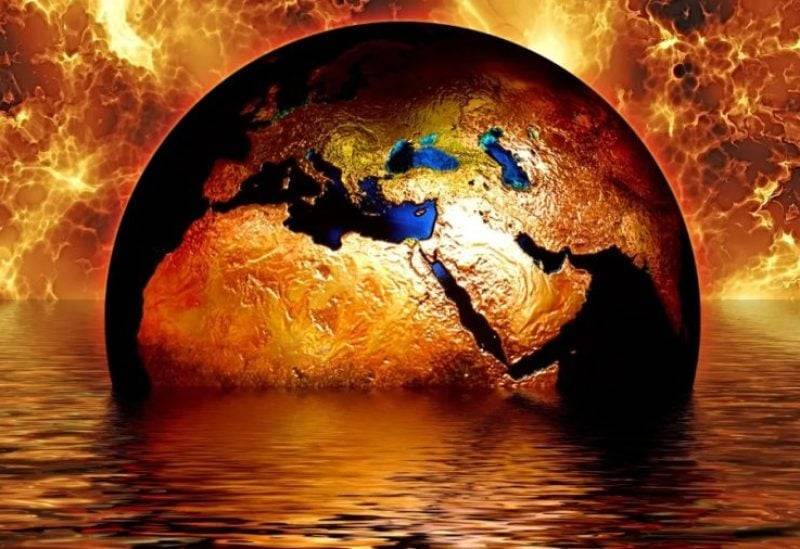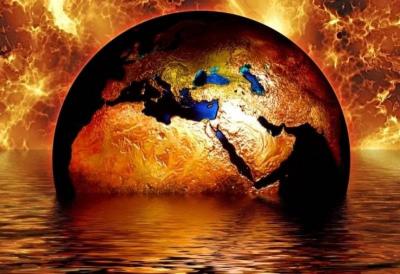An analysis conducted by a research center revealed today, Friday, a 52% increase in the number of days registering temperatures exceeding 35 degrees Celsius in 20 of the world's largest capitals, including New Delhi, Jakarta, and Buenos Aires, over the past three decades. More than 300 million people live in these 20 most densely populated capitals, particularly vulnerable to the risks posed by rising temperatures due to climate change, influenced by factors such as the heat absorption and retention of asphalt and buildings. Some capitals, like New Delhi, Dhaka, and Manila, experienced severe heatwaves this year, resulting in heat-related deaths and school closures.
Data from a weather station indicated that New Delhi faced its longest and most intense heatwave in 74 years, recording 39 consecutive days of maximum temperatures reaching 40 degrees Celsius or more, from May 14 to June 21. Currently, the International Institute for Environment and Development based in London is conducting an analysis measuring the increasing threat of extreme heatwaves in some of the largest urban areas in the world. According to data collected by researchers from weather stations at airports regarding surface temperatures, they found that from 2014 to 2023, there were nearly 6,500 days when temperatures in one of the 20 capitals reached 35 degrees Celsius or higher. In comparison, from 1994 to 2003, the count was only 4,755 days.




